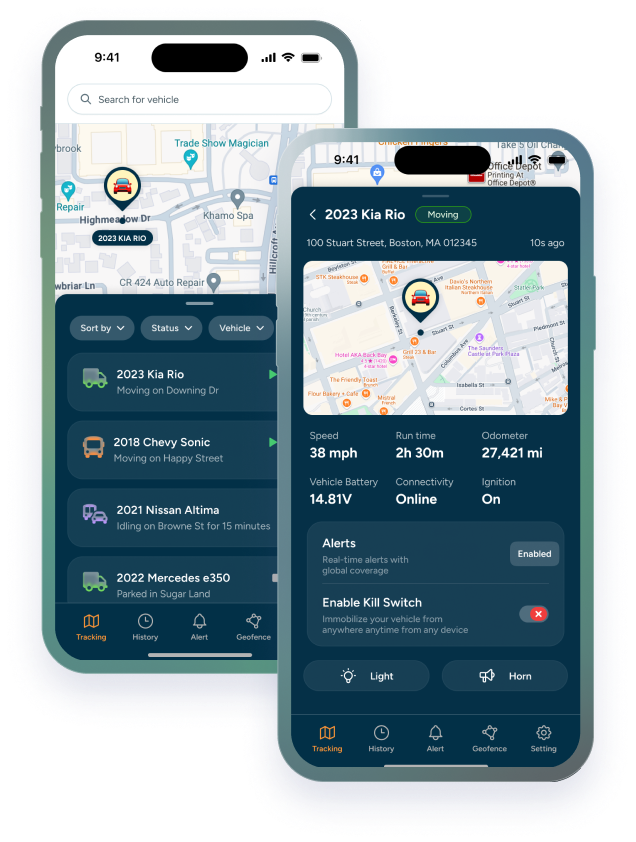Car theft is an unfortunate reality, and while there are many ways to enhance your vehicle’s security, installing a kill switch is one of the most effective methods. A kill switch is a simple device that, when activated, prevents your car from starting. It adds an extra layer of protection, making it much harder for thieves to drive away with your vehicle. In this comprehensive guide, we’ll walk you through the process of installing a kill switch in your car, step by step.
What Is a Kill Switch?
A kill switch is a device that interrupts the electrical circuit required to start your car, effectively preventing the engine from turning over. This switch can be hidden in a discreet location within your vehicle, making it difficult for potential thieves to find and disable. When the kill switch is turned off, the car won’t start, even if the thief has the key.
Why Install a Kill Switch?
Installing a kill switch is a proactive measure to enhance your car’s security. It serves as a deterrent to thieves and gives you peace of mind knowing that your vehicle has an additional layer of protection. While it’s not foolproof, it significantly increases the difficulty of stealing your car, often causing thieves to abandon their attempt.
Tools and Materials Needed
Before you begin the installation, gather the following tools and materials:
- Kill switch (available at most auto parts stores)
- Wire cutters/strippers
- Electrical tape
- Screwdrivers (flathead and Phillips)
- Wrench set
- Multimeter (optional, for testing)
- Heat shrink tubing (optional, for added protection)
Step-by-Step Guide to Installing a Kill Switch
Step 1: Choose a Location for the Kill Switch
The first step in installing a kill switch is deciding where to place it. The key is to choose a location that is both discreet and easily accessible to you. Common locations include under the dashboard, inside the glove compartment, or even under the driver’s seat. The location should not be obvious to anyone unfamiliar with the car.
Step 2: Disconnect the Battery
Safety first! Before you start working on the electrical system, disconnect the negative terminal of your car battery. This will prevent any accidental short circuits or electrical shocks while you work on the wiring.
Step 3: Identify the Wire to Interrupt
To install a kill switch, you need to identify the wire that powers the ignition or fuel pump, as these are critical circuits required to start the car. Refer to your vehicle’s wiring diagram if you’re unsure which wire to use. Typically, the ignition wire is located under the dashboard, near the steering column.
Step 4: Cut the Wire
Once you’ve identified the correct wire, use your wire cutters to cut it in half. Be sure to leave enough slack on both ends to connect the wire to the kill switch. Strip about half an inch of insulation from both ends of the wire to prepare it for the next step.
Step 5: Install the Kill Switch
Take the kill switch and connect one end of the cut wire to one terminal of the switch, and the other end of the wire to the other terminal. Secure the connections by either soldering them or using crimp connectors. Ensure that the connections are tight and well-insulated with electrical tape or heat shrink tubing to prevent any short circuits.
Step 6: Mount the Kill Switch
Mount the kill switch in your chosen location. Depending on the type of switch and the location, you may need to drill a small hole to secure it. Use the screws provided with the switch to mount it securely.
Step 7: Reconnect the Battery
After you’ve installed and mounted the kill switch, reconnect the negative terminal of the car battery. This will restore power to the electrical system, allowing you to test the new features of your installation.
Step 8: Test the Kill Switch
With everything connected, it’s time to test the kill switch. Turn the switch to the “off” position and try to start the car. The engine should not turn over. Next, turn the switch to the “on” position and start the car as usual. If everything is working correctly, your kill switch is properly installed and ready to use.
Additional Tips
- Labeling: Consider labeling the kill switch for your own reference, especially if it’s in a location that’s not frequently accessed. However, avoid obvious labels that could tip off a thief.
- Regular Testing: Periodically test your kill switch to ensure it’s functioning correctly. This will help you avoid any surprises when you need it most.
- Professional Installation: If you’re not comfortable working with your car’s electrical system, consider having a professional install the kill switch. This ensures that the installation is done correctly and safely.
Conclusion
Installing a kill switch on your car is an effective way to enhance its security and protect it from theft. While the process may seem intimidating at first, following these step-by-step instructions makes it manageable for anyone with basic automotive knowledge. By taking this extra step, you can enjoy greater peace of mind knowing that your vehicle has an additional layer of protection against theft.
Check out this video to see the installation of the Trackhawk GPS Kill Switch in action:
For a more in-depth guide in how to install our GPS kill switch, please visit this link.
